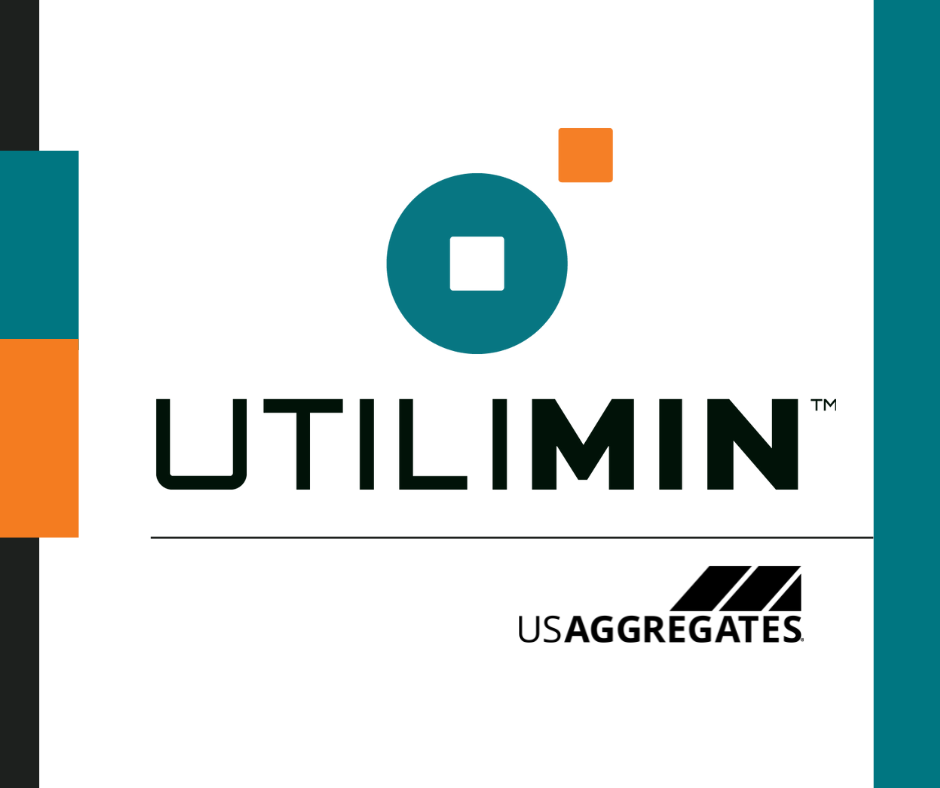
Blasting is a fundamental step in the extraction of raw materials from quarries. It involves the precise detonation of explosives to break down large rock formations into smaller, manageable pieces for further processing. This process directly impacts production yields and operational costs. By leveraging technology and following the data, we can fine-tune the blasting patterns and adjust accordingly to improve efficiency and minimize byproducts. In a continued effort to improve efficiency , US Aggregates has embraced a data-driven approach to optimize blasting patterns.
Operations Performance Manager Ken Bachorski, who recently implemented the use of digital thermal cameras, had another opportunity to continue streamlining the production process. Ken picked up and finished a Lean Six Sigma project designed to decipher what specific metrics needed to be tracked to measure how optimal a blasting pattern was.
“We tracked the results from a bunch of different patterns and evaluated them based on what the data said,” Ken said. “That’s what told us which pattern was the most efficient for what we were looking for.”
To gauge the effectiveness of blasting patterns, US Aggregates closely monitors the volume of feed that passes through the first crusher. From there, we measure that data against other equipment settings and byproduct yields to determine if the pattern we are using is the best option. This metric serves as an indicator of how efficiently each blasting pattern breaks down the rock into the desired sizes before it even begins to be processed. By minimizing the amount of rocks that have to be further broken down, we are able to minimize unwanted byproducts. When rocks are the ideal size before being processed, the blast is considered optimized.
“Every time you touch a rock, you’re effectively making more dust and sand,” Ken said. “The faster you can get it to the size you want, the better off you are, and the most efficient and effective way to do that is in the in the pit.”
This data had historically been tracked by hand. Ultimately, the goal is to continue expanding the technical capabilities of our production and performance tracking software, Ripple. From there it will automatically run the numbers and output what changes, if any, need to be made.
Chase Akins and Ken Bachorski contributed to this article.




